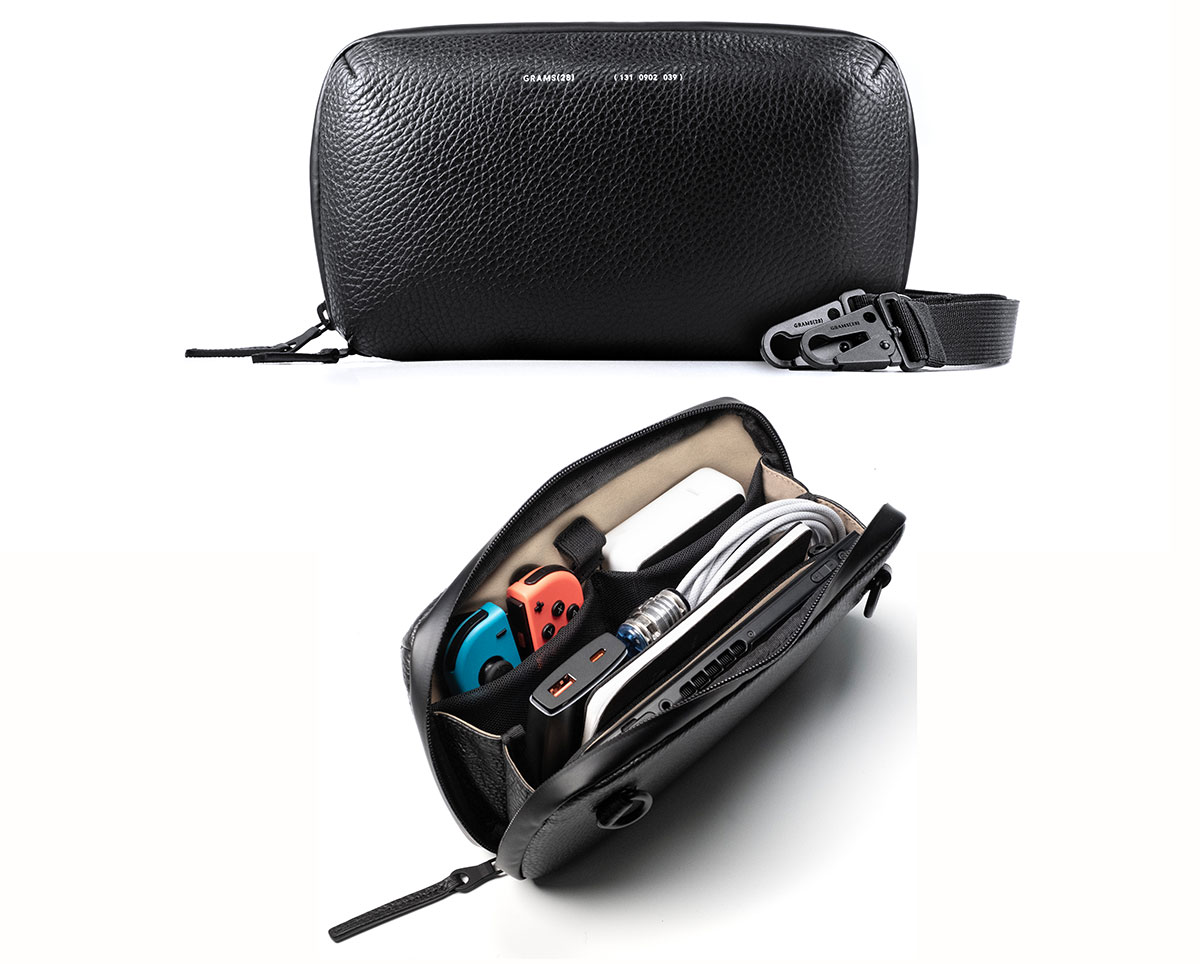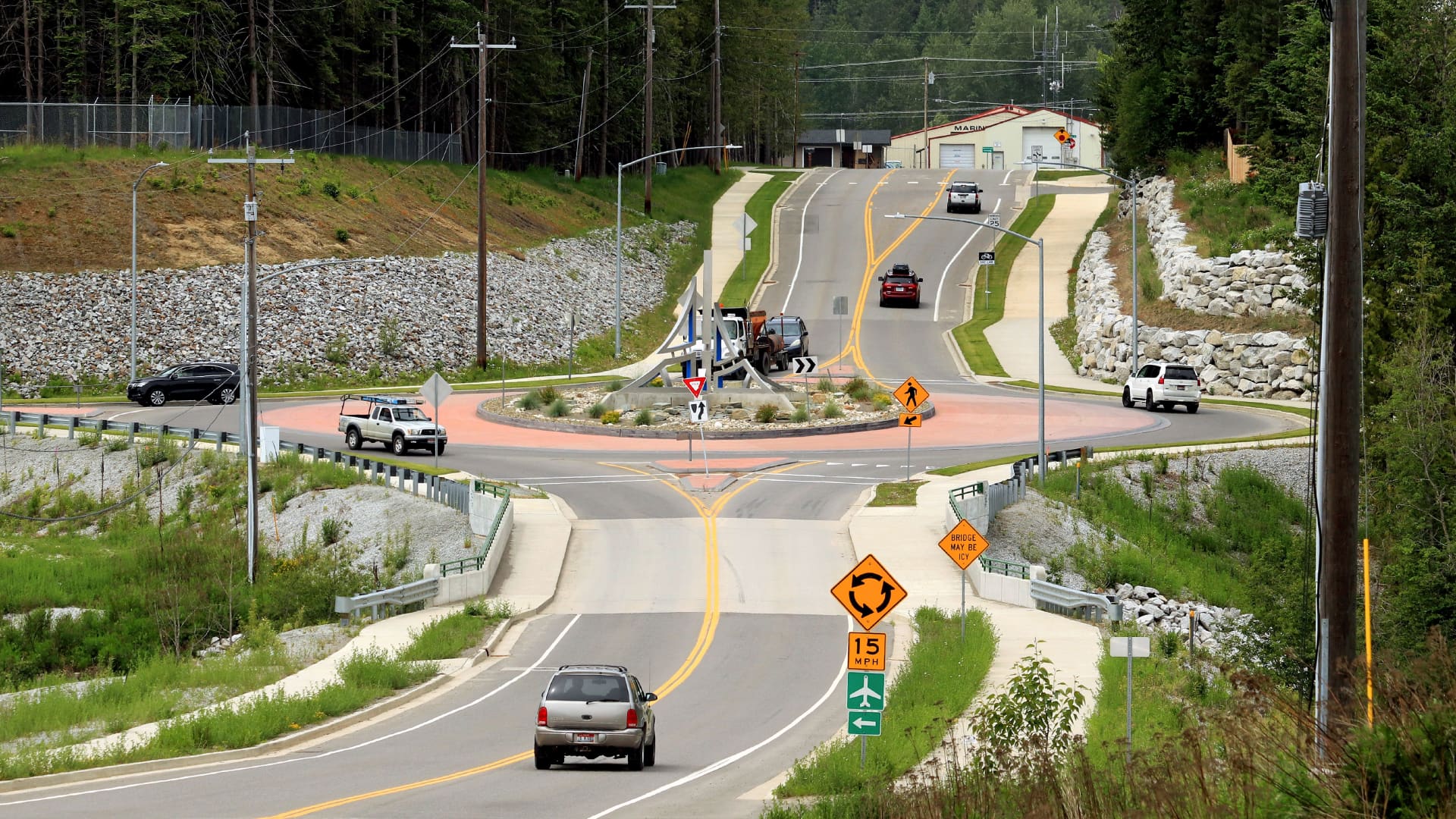Discover Pandipedia
Pandipedia is the world's first encyclopaedia of machine generated content approved by humans. You can contribute by simply searching and clicking/tapping on "Add To Pandipedia" in the answer you like. Learn More
Expand the world's knowledge as you search and help others. Go you!
Google builds a good product by prioritizing user quality and advertiser satisfaction. The search ads quality team aims to show delightful ads that meet user needs, ensuring satisfied users return, which benefits advertisers focused on their business objectives[1].
Additionally, Google continuously innovates to stay competitive, valuing feedback from advertisers to enhance product features[1]. They also seek to inject competition into areas like smartphones, which promotes more search usage and emphasizes the importance of defaults[2]. This approach ensures Google provides universal access to information while improving the overall user experience[2].
Let's look at alternatives:
- Modify the query.
- Start a new thread.
- Remove sources (if manually added).
- Request a manual search from our human research team.

A balanced diet consists of a variety of foods from different food groups to provide essential nutrients. The Eatwell Guide recommends that over a third of your diet should be fruits and vegetables, with at least five portions daily, along with wholegrain starchy foods to make up another third of your intake[2][4][6].
Additionally, include protein sources like beans, pulses, fish, eggs, and lean meats, while choosing lower-fat dairy options[1][3][6]. Limit saturated fats, sugars, and salt by opting for unsaturated fats and reducing processed foods, as these can lead to health issues if consumed excessively[4][5][6].
Let's look at alternatives:
- Modify the query.
- Start a new thread.
- Remove sources (if manually added).
- Request a manual search from our human research team.
Get more accurate answers with Super Search, upload files, personalised discovery feed, save searches and contribute to the PandiPedia.

Game mechanics enhance player engagement by providing clear objectives and challenges that motivate players to invest time and effort into the game. They create a sense of achievement through well-balanced rewards, allowing players to feel accomplished as they progress. For instance, mechanics like challenge and reward systems keep players hooked by providing tangible benefits for overcoming obstacles[3].
Additionally, mechanics foster player agency by enabling meaningful choices and allowing players to experience the consequences of their decisions. This sense of control enhances immersion and encourages exploration within the game world, making players feel more connected to their experience[2][4].
Let's look at alternatives:
- Modify the query.
- Start a new thread.
- Remove sources (if manually added).
- Request a manual search from our human research team.
Let's look at alternatives:
- Modify the query.
- Start a new thread.
- Remove sources (if manually added).
- Request a manual search from our human research team.
Let's look at alternatives:
- Modify the query.
- Start a new thread.
- Remove sources (if manually added).
- Request a manual search from our human research team.
Let's look at alternatives:
- Modify the query.
- Start a new thread.
- Remove sources (if manually added).
- Request a manual search from our human research team.
Get more accurate answers with Super Search, upload files, personalised discovery feed, save searches and contribute to the PandiPedia.
Peak Design Tech Pouch
Known for its numerous organizational options, it provides ample pockets and pouches suitable for travel and tech organization[6].
Bellroy Tech Kit
A soft-shell body for added structure and protection with leather detailing, providing a generously sized interior[4].
Aer Cable Kit 2
Constructed from Cordura ballistic nylon with a DWR-coated face, this pouch includes mesh organizers and elastic bands[6].
Away Tech Case
Designed to fit seamlessly into Away's luggage, featuring elastic loops and a bottom mesh compartment[4].

Woolnut Leather Tech Organizer
Crafted from luxurious full-grain leather with exceptional tactility, featuring a hard-side exterior and several pockets for organization[5].

Native Union Stow Organizer
Stylish and practical, it has storage space for multiple tech accessories and a hidden compartment for sensitive items like SIM or SD cards[6].

Incase Nylon Accessory Organizer
A budget-friendly tech hauler that offers internal storage for various tech essentials, protected by a flight nylon exterior[6].
Thule Subterra Powershuttle Plus
Offers a generous four liters of storage with a spacious main compartment and a handy cable pass-through for charging devices on the go[6].

Mujjo Tech Case
Offers more storage capacity than its rival at a moderately higher price point, crafted from recycled nylon with a waterproof lining[1].

Peak Design Origami-Style Tech Pouch
Elegant, spacious, and durable, featuring an origami-style interior with countless pockets and compartments[1].
:max_bytes(150000):strip_icc()/dagne-dover-arlo-neoprene-tech-organizer-7608a14fa43243cebd42e3dfc32c5eec.jpg)
Dagne Dover Tech Organizer
A compact and waterproof organizer, perfect for daily use during commutes, available in small and large sizes[3].

Nomatic Navigator Tech Organizer
A pod-shaped organizer with a water-resistant shell, featuring three large zipper pockets and mesh pockets for optimal storage[2].
Cargo Works EDC Tech Kit
Features a water-resistant 1050D nylon exterior with an external MOLLE grid for attaching modular pouches alongside internal organization[6].
Toughbuilt Tech Organizer
Known for its durability and variety of pocket storage options for different tech items, ensuring everything has its place[2].

GRAMS28 131 Essential Pouch
A 2.5L capacity pouch with interior pockets and waterproof zippers, can be worn as a stylish sling[5].
Let's look at alternatives:
- Modify the query.
- Start a new thread.
- Remove sources (if manually added).
- Request a manual search from our human research team.
Let's look at alternatives:
- Modify the query.
- Start a new thread.
- Remove sources (if manually added).
- Request a manual search from our human research team.
The plight of wildlife populations globally is reaching alarming levels, with various interrelated threats leading to drastic declines in species numbers. Key factors influencing these trends include habitat loss, climate change, overexploitation, pollution, and invasive species.
Habitat Loss

Habitat degradation and loss are identified as the predominant threats that wildlife face today. The World Wide Fund for Nature (WWF) highlights that the significant conversion of natural habitats into agricultural land is primarily driven by the global food system. Between the 1990s and 2020, there was a drastic transformation of forests into agricultural lands, leading to a net loss of approximately 94 million hectares globally during the 1990s alone, with roughly 70% of deforested areas converted for agriculture[4]. This ongoing trend continues to threaten ecosystems across the world, where many species depend on these habitats for survival.
Climate Change

Climate change represents another critical threat to wildlife populations. It affects species in multiple ways, from altering their habitats to impacting their migratory and reproductive patterns. According to Greenpeace, rising temperatures tied to increased greenhouse gas emissions are linked with habitat loss both on land and in the ocean. The Intergovernmental Panel on Climate Change (IPCC) warns that as global temperatures rise, species will struggle to adapt, with 20-30% potentially facing extinction if temperatures rise by just 1.5 to 2.5 degrees Celsius[1][2].
Additionally, the WWF Living Planet Report notes that many species are at risk of not being able to migrate quickly enough to keep pace with changing climatic conditions. Research estimates indicate that species need to move faster than 1,000 meters per year to remain in suitable climate zones, a feat that many cannot achieve[2][7].
Overexploitation
Overexploitation of resources also poses a significant risk to wildlife in various regions. The WWF indicates that unsustainable practices in fishing, logging, and hunting have severely depleted many species, exacerbating their decline. The combination of habitat loss and direct human actions, such as poaching and illegal wildlife trade, has created a precarious situation for numerous animals, contributing to the extinction crisis currently unfolding[5][6].
Pollution

Pollution further compounds these threats, affecting wildlife health directly through contaminated habitats and indirectly by degrading the ecosystems that species rely on. For example, the WWF report emphasizes that pollution has been particularly detrimental in areas like North America and the Asia-Pacific regions, leading to dramatic declines in wildlife numbers[9]. Pollutants not only poison animals but also affect their breeding, feeding, and overall population dynamics, contributing to long-term declines in species abundance.
Invasive Species
The introduction and spread of invasive species, often facilitated by human activities, create new challenges for native wildlife. As the climate changes, many native species struggle to compete with invasive species that can thrive under the new conditions. The WWF has reported that invasive species can significantly disrupt local ecosystems by outcompeting native species for resources, spreading diseases, and altering habitat structures[5][7].
A notable example is the decline of the red squirrel in the UK, which has seen its population dwindle following the introduction of the invasive grey squirrel, which competes for food and carries diseases that are fatal to red squirrels[1].
Conclusion

The cumulative impact of habitat loss, climate change, overexploitation, pollution, and invasive species creates a daunting landscape for wildlife conservation. With wildlife populations declining by an average of 73% over the last 50 years, as reported by WWF, urgent actions are needed to address these issues[5]. Effective conservation strategies must include safeguarding habitats, establishing protected areas, and implementing policies aimed at reducing human impacts on wildlife and ecosystems. The interconnectedness of these threats underlines the importance of a coordinated global response to mitigate the ongoing biodiversity crisis, reaffirming that the next five years are crucial for mounting an effective conservation effort[3][9].
Let's look at alternatives:
- Modify the query.
- Start a new thread.
- Remove sources (if manually added).
- Request a manual search from our human research team.

Roundabouts are generally more efficient than traffic lights. Proponents argue that roundabouts can significantly reduce crashes, injuries, and fatalities, improve traffic flow, and save cities money on operational costs like electricity bills[1][3]. The Insurance Institute for Highway Safety states that they are safer for both drivers and pedestrians, causing much less congestion than traffic lights[1]. Additionally, modern roundabouts can move 50% more cars per hour than traditional traffic signals and reduce serious injury crashes by nearly 80% when replacing signalized intersections[4][5]. Moreover, they typically result in less daily delay for vehicles compared to traffic lights[2]. Overall, roundabouts enhance safety and traffic management more effectively than traffic lights.
Let's look at alternatives:
- Modify the query.
- Start a new thread.
- Remove sources (if manually added).
- Request a manual search from our human research team.








